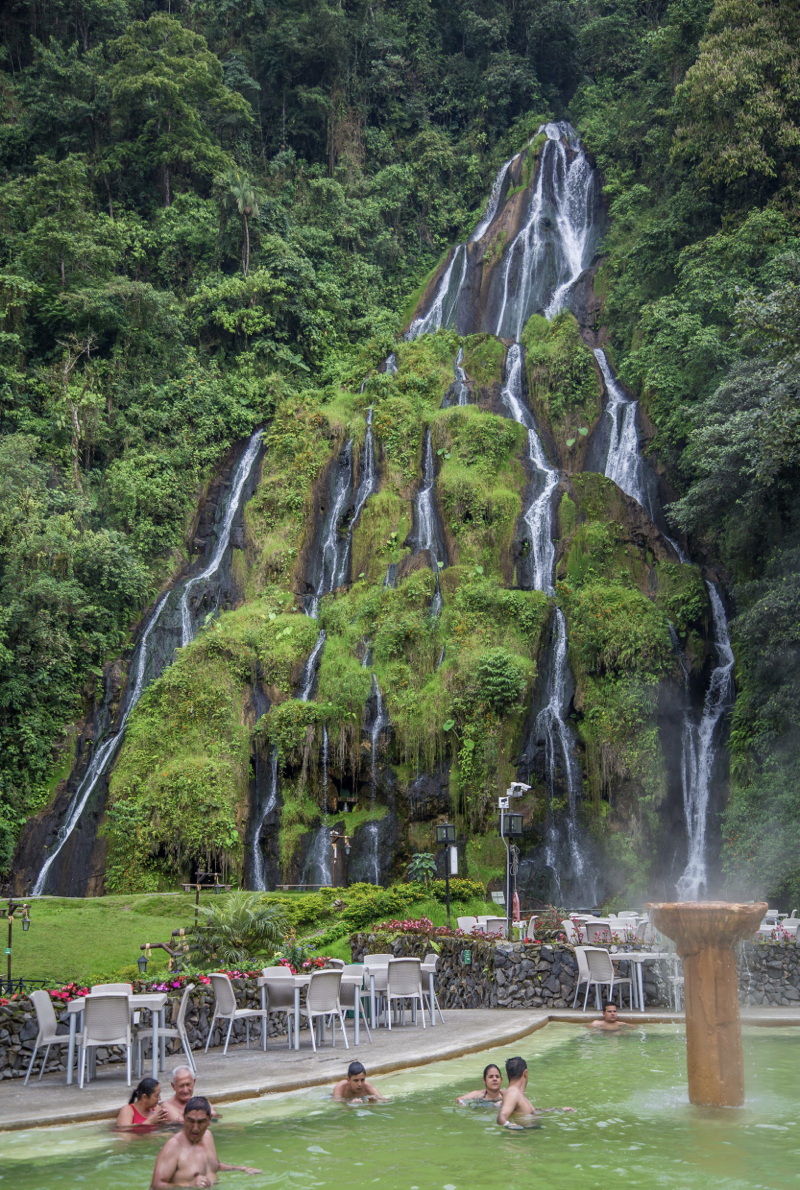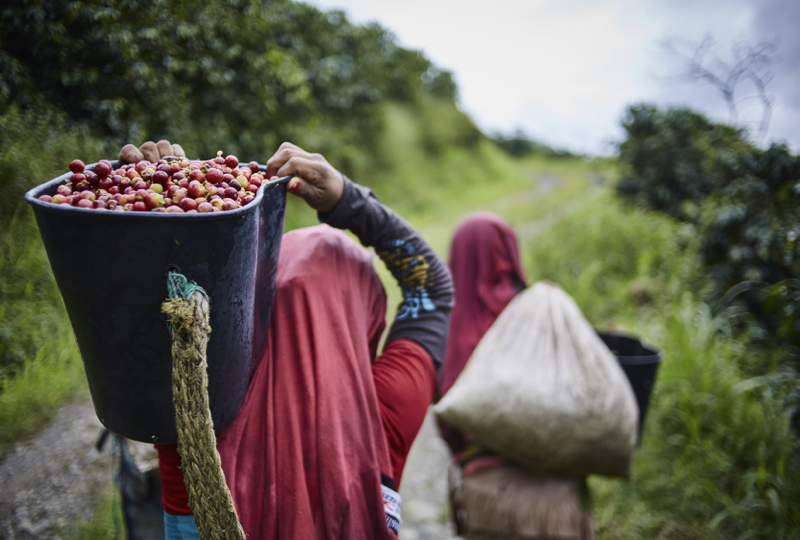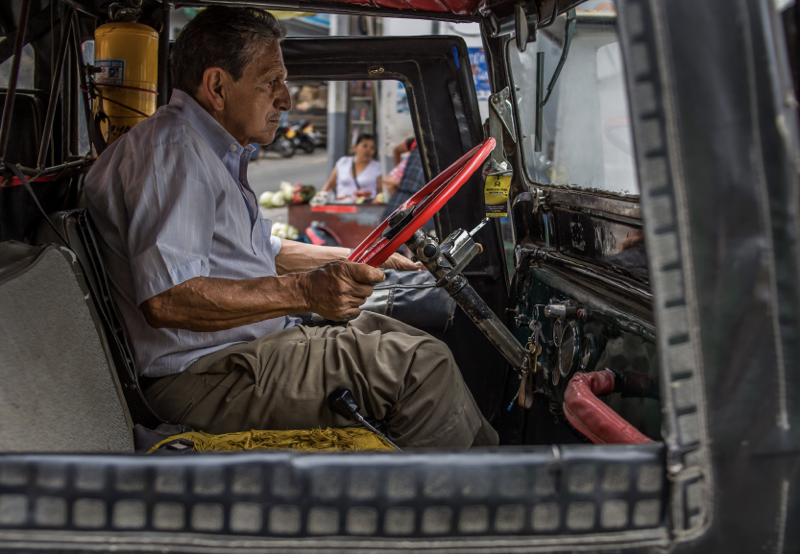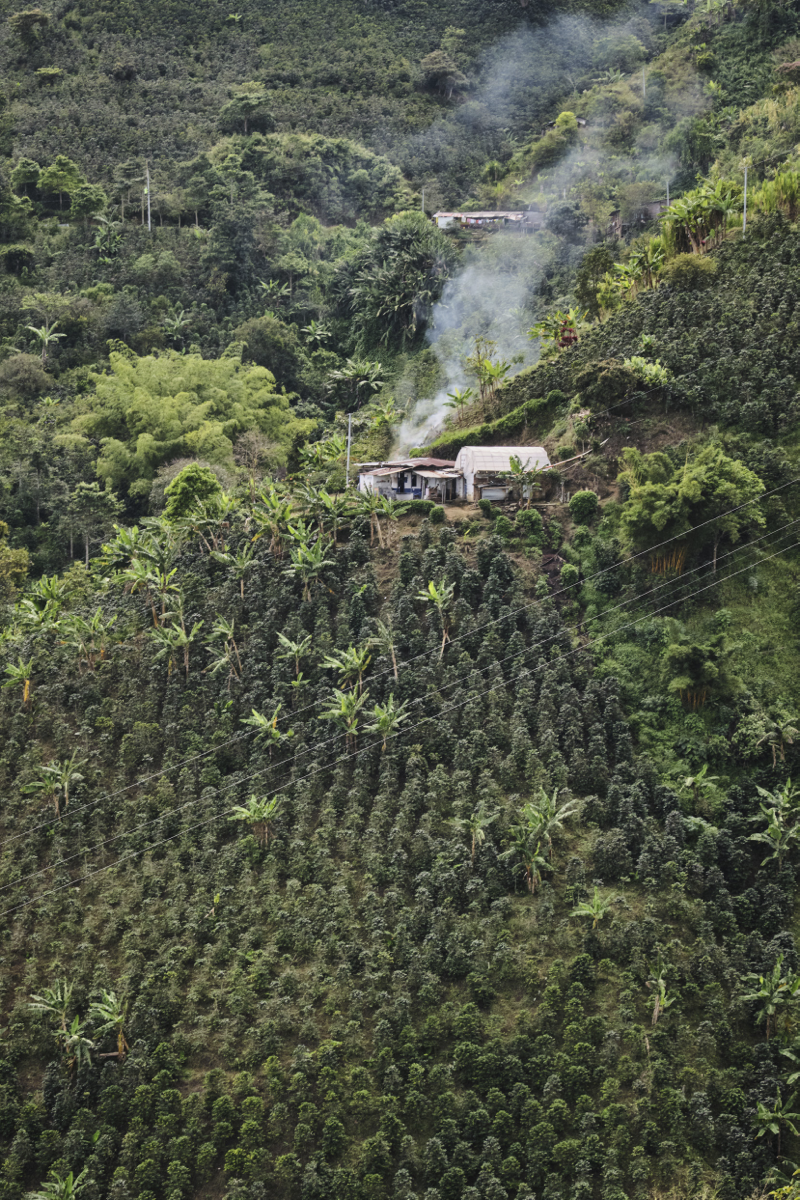Thermal Springs and Coffee in the Belt
Four departments make up the region recognized worldwide for the quality of its coffee. Towns, trails and landscapes throughout Caldas, Quindio, Risaralda and Valle del Cauca give travelers the opportunity to breathe the purest air, contemplate endless mountains, and appreciate colonial facades frozen in time. The region’s tourist offer recognizes the value that these experiences can have for personal growth.
It’s been 9 years since UNESCO included Colombia’s Coffee Growing Landscape on the World Heritage List. That distinction, which came on June 25, 2011, was great news for the communities of coffee growers in the four departments involved—Risaralda, Quindio, Caldas and Valle del Cauca—despite the fact that the economy of this bean had been in crisis due to low prices on the world market.
How can this recognition be used to improve the development horizon? The answer has been built over the years and today it is a tangible reality: this area is the second most important tourist destination in the country. But unlike the first one, which is the Caribbean Coast with the sea and beaches, visitors of the Coffe Belt come in search of local culture, of a sensitive experience in the midst of all that has constituted the history of Colombian coffee.
In the midst of this coffee scene, an offer of connecting and relaxing experiences has emerged. Experiencing the landscape, breathing the mountain and carrying out coffee production activities is possible in tourist areas of the region designed for wellness activities. It is an offer that connects with whole environment, generating sensations of relaxation, transformation, and balance.
Another of the most admired attributes of this landscape is the bahareque architecture across entire towns, in parks, parishes and homes. Bahareque is a mixture of mud and cow dung supported by guadua wood and perennial cane. All the buildings in the region built at the end of the 19th century and in the first half of the 20th century were constructed with this material. Due to its simple manufacture, at the hands of any farmer, and its capacity to absorb the wave of seismic movements, bahareques became the fundamental element of architectural design in the coffee belt, large southern portion of the department of Antioquia, and northern Tolima.
A possible route that allows tourists to appreciate the most beautiful constructions of this type can be seen starting in the south of the region, in the municipality of Salento, in the Quindio department. In some of its streets, old houses of traditional families have become valued spaces of commerce and entertainment, and the local people take care of visitors with affection and care.
The second stop is in the center of the coffeebelt, in the Risaralda department, and it’s called Marsella. With the agreement of the Municipal Council, the houses and buildings of the central park keep their historical design and original elements. The finishes and details such as window frames, doors and eaves always look beautifully painted and moulded. If you visit the village, you cannot miss the impressive Casa de la Cultura, a three-storey building that occupies almost half a block.
And the third stop, the one that completes a bahareque-themed journey, is the municipality of Salamina, to the north of the Coffee Belt in the department of Caldas. Perhaps because its access is not as expeditious as Salento or Marseille, the houses of Salamina have been much less modified by trade for tourists. Anyone who wants to get to know the most autochthonous and traditional manifestations, as well as the most elaborate and elegant ones, must visit this town. One other beautiful and interesting attribute of the Coffee Cultural Landscape is the neighboring roads, which are drawn on the surface of the mountains. Since the time of the coffee colonization, which took place in the second half of the 19th century, the great challenge for farmers was to conquer the summit. Villages were founded on sloping ground, houses were built on sloping surfaces and crops were expanded from the edge of the mountains to the bottom of the banks of tributaries.
Did you know that the municipalities of Aguadas, Salamina in the department of Caldas have what is known as the best smooth coffee in the world?
When it became clear that coffee was going to be the engine of the national economy, the problem to be solved was to transport it from the plots to the collection centres, And the only way the coffee growers found was to open up roads between coffee plantations that connected each nearby house. These roads were known as “country roads” and were the guide for muleteers to transport the load.


A hot spring resort is visited by Colombian and foreign tourists who come to the region to enjoy the healthy temperature of its waters. Arbelaez, Santa Rosa de Cabal, Risaralda.
Once the Colombian Federation of Coffee Growers was created in 1927, these roads were expanded, they became highways and the Willys jeeps began to travel them, the picturesque vehicle that also constitutes an important part of this landscape and that is ideal for coffee transport. Today, it is possible to travel through country roads that were not converted into highways in remote municipalities such as Aguadas, north of the Coffee Belt, department of Caldas, which still communicate with municipalities in the department of Antioquia such as Abejorral and Sonson. It is also possible to find them in Genoa, south of the Coffee Belt, department of Quindio, especially those which go inland to the east in search of the Las Hermosas canyon in Tolima. But if tourists prefer a more central location, they can travel along the old country road that connects the municipalities of Dosquebradas and Santa Rosa de Cabal, in the department of Risaralda, and which was opened more than a century ago on the back of a gentle chain of low hills.
Did you know that the tallest wax palms on the planet can be found in the Forest of Samaria, which is located in the municipality of Salamina, Caldas?
In addition to the cultural attractions connected to coffee, this region has been developing an appealing tourist offer of its rivers and thermal waters. The Coffee Belt goes from the ice peaks of the Los Nevados National Natural Park—more than 4,000 meters above sea level—with its volcanoes and cliffs, to the flat areas of the valleys of huge rivers such as the Cauca and the Magdalena rivers—at 1,000 meters above sea level. Except for the coastal topography, this region offers all the climate zones found in the country.
In La Virginia, department of Risaralda, at the center of the Coffee Belt, the Cauca advances calmly along the last kilometers of flat water before entering the coffee mountain range and becoming a bed of rocky streams. Fishermen and sand collectors are happy to explain to visitors all about how their lives are deeply connected to the river.
Five hours from there, in the far east of the region, the Magdalena river passes imposing by the municipality of La Dorada, department of Caldas. During the most fertile decades of the coffee economy between 1950 and 1980—a considerable portion of the grain cultivated in the area was brought to this municipality and then transported by train to the Caribbean coast. A railway advanced parallel to the Magdalena river until reaching the Atlantic.
But the river that has been most widely chosen for enjoyment by tourists is called La Vieja, on the route that goes from the municipality of Quimbaya, department of Quindio, to a section known as Piedras de Moler, in Cartago, department of Valle del Cauca; all of this in the southwestern end of the Coffee Belt. This trip takes approximately five hours on a raft made of guadas driven by experts, following the speed of the current. The landscape begins between slopes and coffee plantations, and ends in extensive cattle pastures. At times, the river is peaceful and romantic, but it has sections where the speed increases and travelers feel the thrill of adrenaline.
Without a doubt, the most popular attraction of this region that is not connected to coffee are its hot springs. Some can be found in the rural area of Santa Rosa de Cabal and others in remote villages near Manizales. Due to the ongoing volcanic activity of Nevado del Ruiz, these hot springs are abundant and powerful. Visitors can choose between a natural waterfall that falls into a pool, a stream with banks of dense vegetation, or some fountains where you can bathe as if it were a shower. Although any time of day is good for enjoying the hot springs, people in this region have gotten used to using these spaces at night.
For a foreigner, coming to the Coffee Belt can be like discovering an important part of the country’s history and can also be the possibility of enjoying numerous adventure tourism options. Local residents, farmers, or city dwellers, they will all always be attentive and ready to welcome visitors with open arms.

Coffee mobilizes a huge economy and generates employment for the population of this and other regions in the country. La Judea farm, Santuario, Risaralda.

Willys Jeeps are a huge part of the Coffee Cultural Landscape. Colloquially known as “Yipao”, they are the means of transportation to reach neighboring towns and are also the traditional cargo vehicles for coffee. Santa Rosa de Cabal, Risaralda.

Visitors of the Coffee Belt come in search of a sensitive experience in the midst of the history of national coffee. Some coffee farms have turned to experience-based tourism. Belen de Umbria, Risaralda.
Text by Juan Miguel Álvarez


















